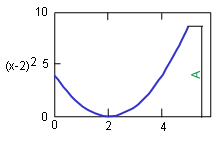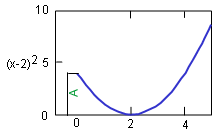| Ch 1. Limits | Multimedia Engineering Math | ||||||
|
Limit of a Sequence |
Limit of a Function |
Limit Laws |
Continuity |
Rate Change |
|||
| Limit Laws | Case Intro | Theory | Case Solution |
| Chapter |
| 1. Limits |
| 2. Derivatives I |
| 3. Derivatives II |
| 4. Mean Value |
| 5. Curve Sketching |
| 6. Integrals |
| 7. Inverse Functions |
| 8. Integration Tech. |
| 9. Integrate App. |
| 10. Parametric Eqs. |
| 11. Polar Coord. |
| 12. Series |
| Appendix |
| Basic Math |
| Units |
| eBooks |
| Dynamics |
| Fluids |
| Math |
| Mechanics |
| Statics |
| Thermodynamics |
| ©Kurt Gramoll |
|
|
||
| Limit Laws |
||
|
Limit Laws are the properties of limit. They are used to calculate the limit of a function. |
|
|
||
| Left and Right Hand Limit |
||
 Left hand limit example |
Left hand limit: If f(x) is defined in an interval (a, b), and f(x) approaches A as x approaches b from the left side b, then |
|
 Right hand limit example |
Right hand limit: If f(x) is defined in an interval (a, b), and f(x) approaches A as x approaches a from the right side a, then |
|
|
|
||
